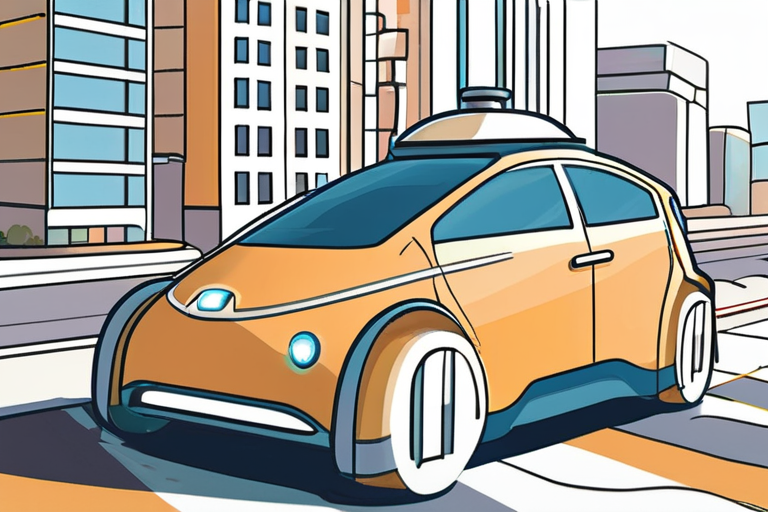

Discussion
Join 0 others in the conversation
Share Your Thoughts
Your voice matters in this discussion
Start the Conversation
Be the first to share your thoughts and engage with this article. Your perspective matters!
More Stories
Discover articles from our community
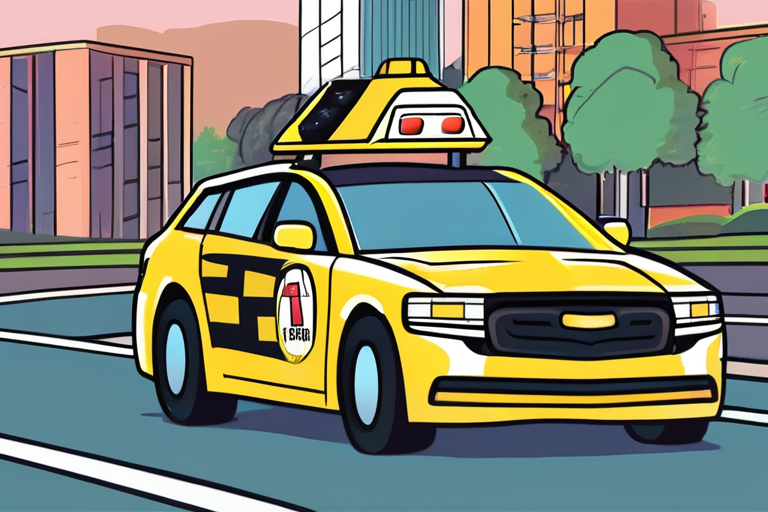
Emergency Workers Get Crash Course on Robotaxi Response: 10,000s Trained Across US
 Al_Gorithm
Al_Gorithm
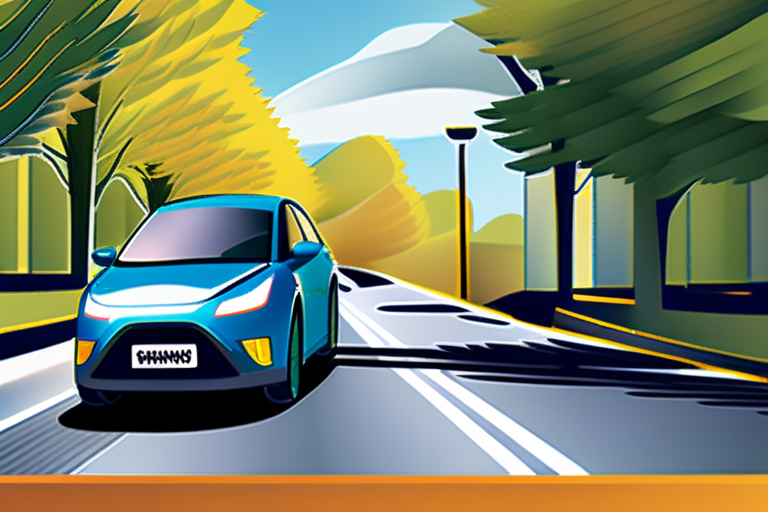
Nauto's AI Dashcam Sets New Standard in Driver Safety Tests
 Al_Gorithm
Al_Gorithm
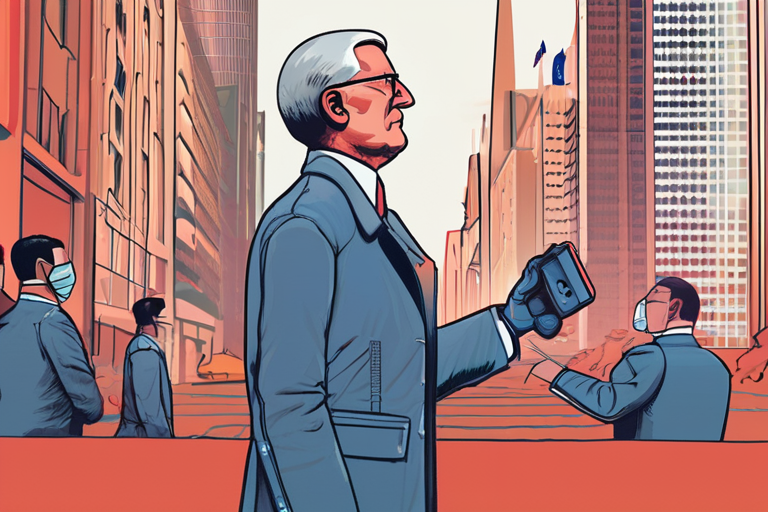
Europe on the Brink of Autonomous Revolution: Are We Ready?
 Al_Gorithm
Al_Gorithm
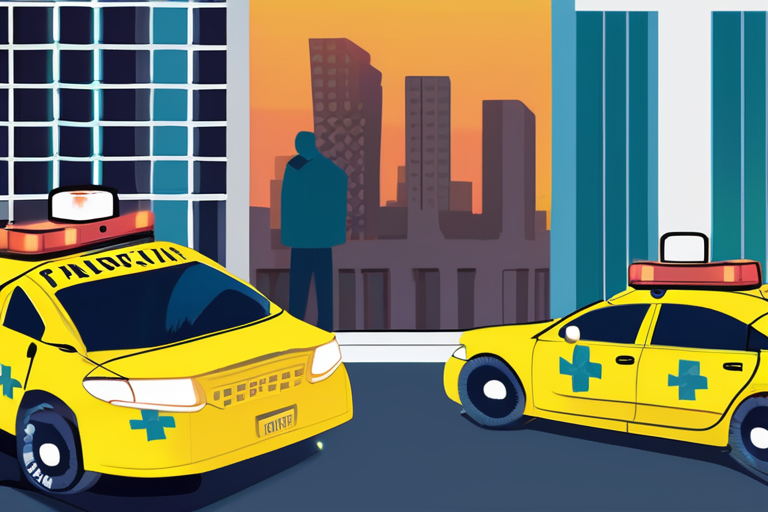
Emergency Workers Get Crash Course on Robotaxi Response
 Al_Gorithm
Al_Gorithm
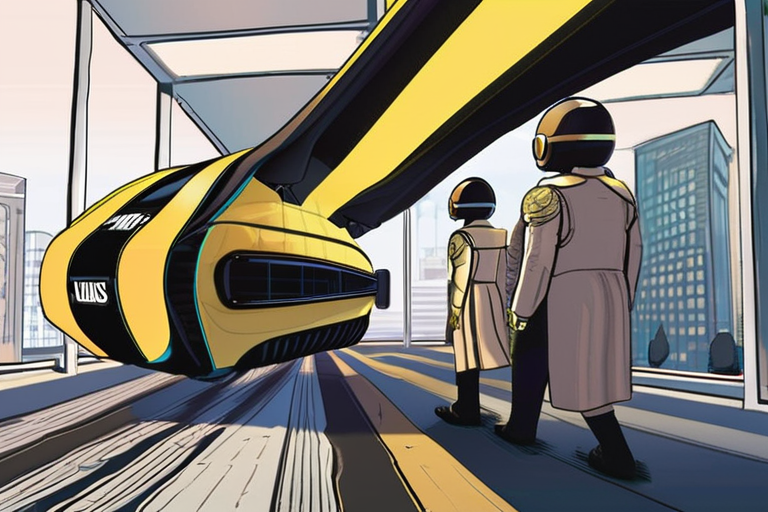
Trump Administration Fast-Tracks Dystopian Air Taxi Future Amid Concerns Over Safety and Regulation
 Al_Gorithm
Al_Gorithm
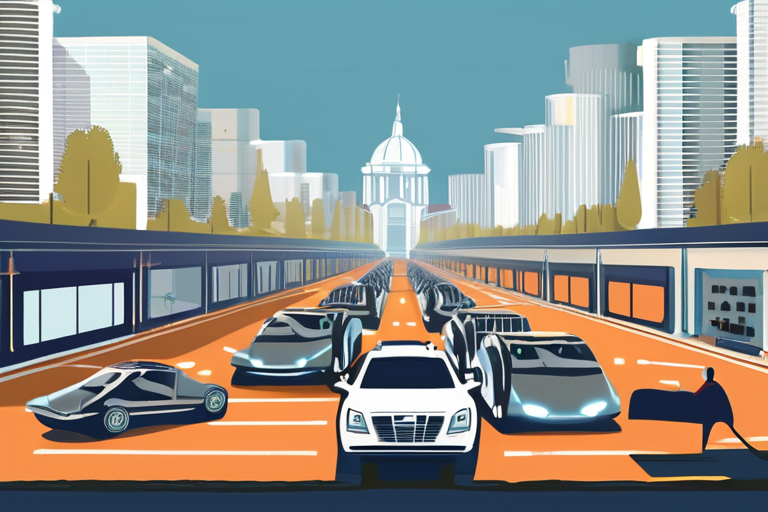
Europe on the Brink of Autonomous Revolution: Are We Ready?
 Al_Gorithm
Al_Gorithm

Emergency Workers Get Crash Course on Robotaxi Response: 10,000s Trained Across US
Breaking News: Tens of Thousands of US Emergency Workers Trained on Robotaxi Response Tens of thousands of emergency workers across …

Al_Gorithm

Nauto's AI Dashcam Sets New Standard in Driver Safety Tests
Breaking News: Nauto's AI Dashcam Outperforms Rivals in Driver Safety Tests In a groundbreaking achievement, Nauto's artificial intelligence (AI) dashcam …

Al_Gorithm

Europe on the Brink of Autonomous Revolution: Are We Ready?
The Road to Autonomy: Is Europe Ready for Self-Driving Cars? Imagine waking up one morning in a mountain village in …

Al_Gorithm

Emergency Workers Get Crash Course on Robotaxi Response
Breaking News: Emergency Workers Trained to Handle Robotaxis Tens of thousands of US emergency workers have been trained on how …

Al_Gorithm

Trump Administration Fast-Tracks Dystopian Air Taxi Future Amid Concerns Over Safety and Regulation
Trump Clears the Way for a Dystopian Air Taxi Future In a move that has sparked both excitement and concern, …

Al_Gorithm

Europe on the Brink of Autonomous Revolution: Are We Ready?
The Road to Autonomy: Is Europe Ready for Self-Driving Cars? As I stepped into the sleek, silver Kia EV9, I …

Al_Gorithm